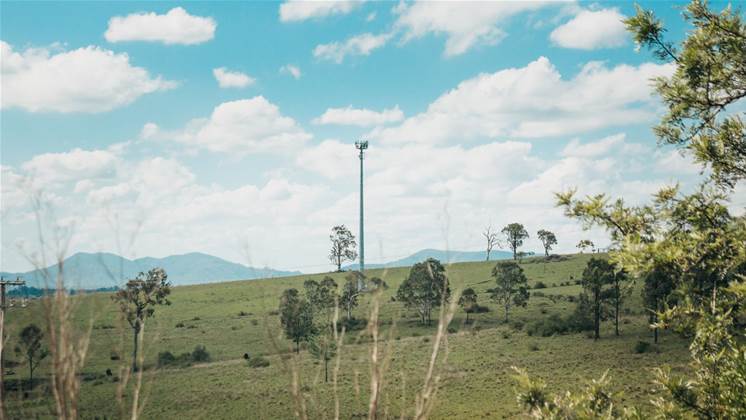Telstra says a “deep review” of its mobile network coverage claims has found they’re supportable, and not based on data only collected using an external antenna.

Rival Vodafone last week referred Telstra to the competition watchdog, alleging that Telstra's coverage claims are bolstered by “the use of a special external antenna and powered repeater usually installed on a building or vehicle”.
This, Vodafone alleged, enabled Telstra to claim coverage in zones where a normal mobile phone would not be able to achieve reception.
But Telstra’s executive for technology engagement advancement Channa Seneviratne clarified in a blog post the telco’s use of an external antenna for measuring coverage, saying it was only used in limited circumstances.
“Like all mobile networks, there will be some locations inside the coverage footprint where calls either drop or can’t be made, due to physics and terrain,” Seneviratne wrote.
“The quality of your voice call or data speeds will vary depending on factors other than just coverage including the type and model of device, location, environmental factors, and other users and their usage of our network at the time.
“This is why we previously referred to using an external antenna – to help customers in regional and remote Australia who are at the outer edge of our network and may benefit from using one to maximise their overall experience.
“This has always been the case but does not mean the signal strength in these areas always requires use of an external antenna to make a voice call or access data within our 3 million square kilometres of coverage.”
Seneviratne said that Telstra tweaked the wording of its claims while a “deep review” of Vodafone’s allegations was undertaken.
The outcome of the review is that Telstra is “standing behind our existing claims”.
“Contrary to what Vodafone has alleged, our coverage claims are not based on signal strength that can only be obtained with the use of an external antenna,” Seneviratne wrote.
Seneviratne added that measurements were “conservative” and that the telco used a “standard mobile phone without an external antenna during our drive testing to assess voice call quality, while also measuring the signal strength.”
As to the ability of consumers to compare networks, Telstra said it and Vodafone are involved in a working group convened by the Australian Mobile Telecommunications Association (AMTA).
“We will continue to advocate for a consistent industry approach and do all we can to work with the other mobile network operators to get there,” Seneviratne wrote.


_(20).jpg&h=140&w=231&c=1&s=0)


.png&h=140&w=231&c=1&s=0)



_(26).jpg&w=100&c=1&s=0)

 iTnews Executive Retreat - Security Leaders Edition
iTnews Executive Retreat - Security Leaders Edition












_(1).jpg&h=140&w=231&c=1&s=0)



